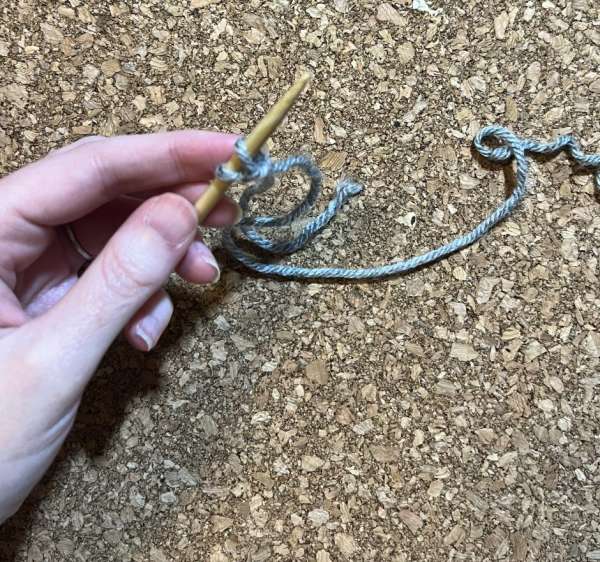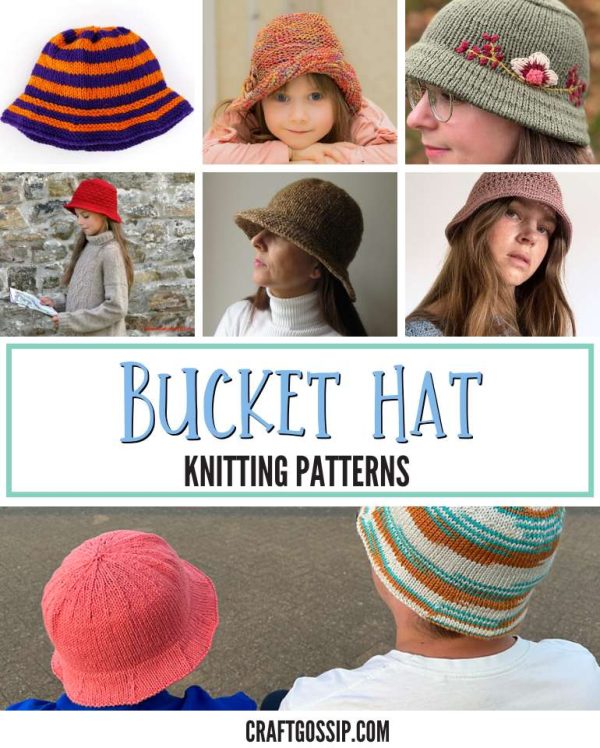 I’ve learned a lot of different cast on methods through the years, and taught a lot of them, too, whether in person or online.
I’ve learned a lot of different cast on methods through the years, and taught a lot of them, too, whether in person or online.
My absolute favorite to teach new knitters is the knit cast on because once you know how to cast on you basically know how to knit, too. And because of that it’s also pretty easy for people to remember how to do it when their teacher is gone or if they stopped knitting for a while and are picking it back up again.
When it comes to my own knitting, thought, I’d say more than 90 percent of the time I use the long-tail cast on. It’s easy and fast once you get the hang of it, and the most efficient way I know of to cast on a whole lot of stitches at once.
But it’s not always the best cast on method or even one that you can use. You can’t use a long tail cast on in the middle of a row (or even the middle of a project) for example.
I’ve collected some of my favorite cast on methods and the pros and cons of using them over on Our Daily Craft. This post is a quick summary of six different cast on methods and when to use them, but within the post there are links to tutorials for how to work each of them, if any of them happen to be new to you.
I’m sure I’ll keep adding to this collection (it needs provisional cast on for sure, I just don’t have a tutorial for that yet) but if you know these six methods that will get you through a lot of different knitting situations.
So how about you? What’s your favorite cast on method? Or what do you use most often even if it’s not your favorite?
 As I was starting to write this post I thought that it was true that I’d never done a roundup of bucket hat knitting patterns before. But then I looked, and I actually did one last year (which you can find
As I was starting to write this post I thought that it was true that I’d never done a roundup of bucket hat knitting patterns before. But then I looked, and I actually did one last year (which you can find
My favorite provisional cast on is the COWYAK cast on from TECHknitting. It takes a bit more time, but you get nice even live stitches when it’s removed.